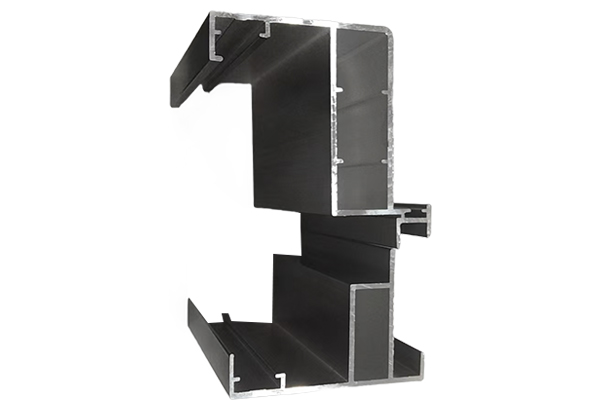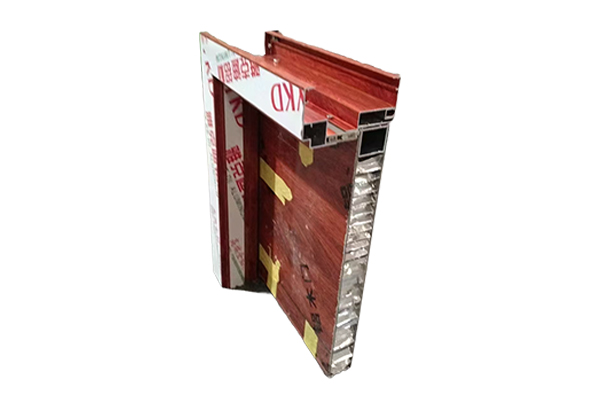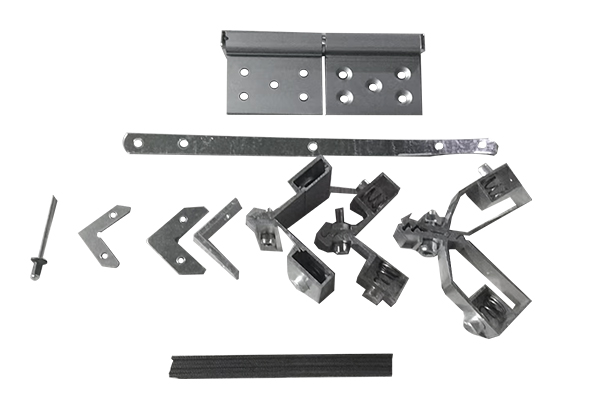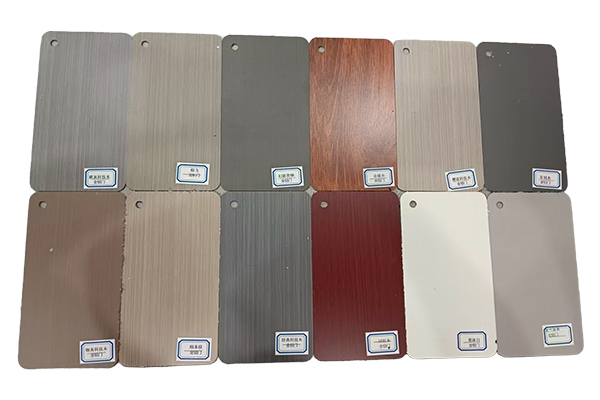How is the durability of corner hardware accessories improved through manufacturing processes?
Release Time : 2025-01-22
Corner hardware accessories are common connecting parts in furniture, buildings and mechanical equipment. Their durability is crucial to the stability and life of the entire structure.
1. Material selection and processing
High-strength alloys: Using high-strength alloy materials such as stainless steel, aluminum alloy or special carbon steel can improve the strength and corrosion resistance of corners.
Heat treatment: Through heat treatment processes such as quenching and tempering, the microstructure of the material can be changed to improve the hardness and wear resistance.
2. Forging process
Cold forging: Plastic deformation of metal at room temperature can increase the density and strength of the material and reduce internal defects.
Hot forging: Forging at high temperature can improve the organizational structure of the material, eliminate internal stress, and improve plasticity and toughness.
3. Casting process
Precision casting: Such as investment casting, pressure casting, etc., can produce corners with complex shapes and precise dimensions, reduce subsequent processing, and improve product consistency.
Solution treatment and aging treatment: For materials such as aluminum alloys, the strength and hardness can be significantly improved through solution treatment and aging treatment.
4. Surface treatment
Electroplating: The corrosion resistance and wear resistance of the angle code can be improved by electroplating chromium, nickel, etc.
Anodizing: Especially for aluminum alloy angle codes, anodizing can form a hard oxide film to enhance the surface hardness and corrosion resistance.
Coating treatment: Such as spray painting, powder coating, etc., can provide an additional protective layer to prevent environmental factors from corroding the angle code.
5. Machining
Precision cutting: Use high-precision machine tools for processing to ensure the dimensional accuracy and surface quality of the angle code and reduce stress concentration points.
Grinding and polishing: Remove burrs and rough surfaces, reduce friction coefficients, and improve wear resistance.
6. Welding process
Argon arc welding: Use inert gas to protect welding, reduce oxidation, and improve weld quality and strength.
Laser welding: Precisely control heat input, reduce the heat-affected zone of surrounding materials, and improve the mechanical properties of the welded parts.
7. Quality control and testing
Non-destructive testing: such as X-ray and ultrasonic testing, to check whether there are defects inside the corner bracket.
Mechanical properties testing: including tensile test, bending test, impact test, etc., to evaluate the strength and toughness of the corner bracket.
Environmental simulation test: such as salt spray test, high and low temperature cycle test, to evaluate the durability of the corner bracket under different environmental conditions.
Through the comprehensive application of the above manufacturing processes, the durability of the corner bracket hardware accessories can be significantly improved, ensuring its long-term stable operation in various application environments. At the same time, the continuous development of new materials and processes will also further promote the performance improvement of the corner bracket hardware accessories.
1. Material selection and processing
High-strength alloys: Using high-strength alloy materials such as stainless steel, aluminum alloy or special carbon steel can improve the strength and corrosion resistance of corners.
Heat treatment: Through heat treatment processes such as quenching and tempering, the microstructure of the material can be changed to improve the hardness and wear resistance.
2. Forging process
Cold forging: Plastic deformation of metal at room temperature can increase the density and strength of the material and reduce internal defects.
Hot forging: Forging at high temperature can improve the organizational structure of the material, eliminate internal stress, and improve plasticity and toughness.
3. Casting process
Precision casting: Such as investment casting, pressure casting, etc., can produce corners with complex shapes and precise dimensions, reduce subsequent processing, and improve product consistency.
Solution treatment and aging treatment: For materials such as aluminum alloys, the strength and hardness can be significantly improved through solution treatment and aging treatment.
4. Surface treatment
Electroplating: The corrosion resistance and wear resistance of the angle code can be improved by electroplating chromium, nickel, etc.
Anodizing: Especially for aluminum alloy angle codes, anodizing can form a hard oxide film to enhance the surface hardness and corrosion resistance.
Coating treatment: Such as spray painting, powder coating, etc., can provide an additional protective layer to prevent environmental factors from corroding the angle code.
5. Machining
Precision cutting: Use high-precision machine tools for processing to ensure the dimensional accuracy and surface quality of the angle code and reduce stress concentration points.
Grinding and polishing: Remove burrs and rough surfaces, reduce friction coefficients, and improve wear resistance.
6. Welding process
Argon arc welding: Use inert gas to protect welding, reduce oxidation, and improve weld quality and strength.
Laser welding: Precisely control heat input, reduce the heat-affected zone of surrounding materials, and improve the mechanical properties of the welded parts.
7. Quality control and testing
Non-destructive testing: such as X-ray and ultrasonic testing, to check whether there are defects inside the corner bracket.
Mechanical properties testing: including tensile test, bending test, impact test, etc., to evaluate the strength and toughness of the corner bracket.
Environmental simulation test: such as salt spray test, high and low temperature cycle test, to evaluate the durability of the corner bracket under different environmental conditions.
Through the comprehensive application of the above manufacturing processes, the durability of the corner bracket hardware accessories can be significantly improved, ensuring its long-term stable operation in various application environments. At the same time, the continuous development of new materials and processes will also further promote the performance improvement of the corner bracket hardware accessories.







